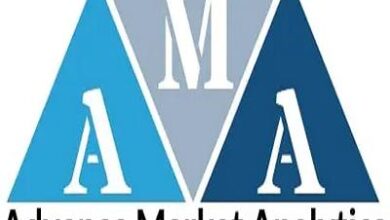Fintech Friday: The Promise and Peril of Advisor Technology Usage

Sure, it seems obvious, but why do so many still resist?
Retirement plan advisors aren’t known for being early tech adopters; in fact, many hold on to the proverbial Excel spreadsheet for as long as they can.
Yet advisory practices that extensively incorporate technology grow faster than practices that do not, Cerulli Associates recently found—or rather confirmed. But the Boston-based research and consulting firm puts numbers behind it.
Specifically, advisors who are considered heavy users of technology tend to outperform other practices in adding new clients and assets under management (AUM).
Nearly 30% of heavy technology users are identified as being higher-growth practices over the most recent three-year period, compared to just 9% of light users,” Cerulli reported.
“Enhanced efficiency and productivity are undeniable outcomes of technology usage,” it added. “Cerulli data finds heavy technology users average materially better performance than light users across practice productivity metrics. These improved metrics include higher numbers of clients served per staff member across the practice—the number of clients per producing advisor, the number of clients served per professional staff, and the number of clients per senior advisor.”
It listed the tools that contribute most to improving operational efficiency, including:
- e-signature (65%)
- CRM (44%)
- video conferencing (29%)
The three are also the most frequently utilized within advisor practices, ranking first, second, and fourth most widely utilized technologies among advisors, respectively.
“When used effectively, technology is a valuable growth driver,” Ceulli Director Michael Rose said in a statement. “However, more tech is not necessarily better for practices. Simply incorporating more technology within an advisor’s practice can have the opposite desired effect.”
The challenges to effectively using technology that advisors most frequently identified are:
- compliance restrictions that limit functionality or impose other limitations on advisors’ ability to use the technology (73%).
- lack of integration between tools/applications (71%)
- insufficient time to learn and implement (70%)
“Advisor practices should use a technology strategy that closely aligns with the types of clients that they serve, the specific services they offer, and how they offer them,” Rose concluded. “Understanding how to utilize the tools available to advisors in a way that is going to have the greatest positive impact on their practice is critical. Educating advisors on best practices and enabling them to collaborate and learn from their peers is likely to have as much, if not more of, an effect than rolling out the next generation of an existing set of tools and technologies.”



